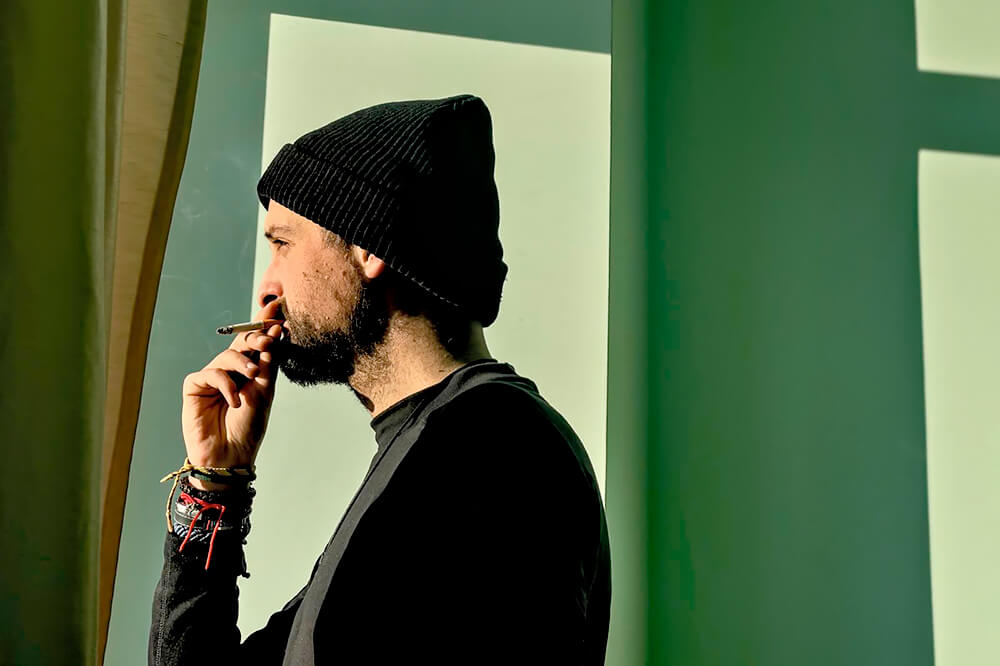Alejandro Martinez Velez, is a freelance photojournalist for Anadolu Agency and Europa Press Agency, currently based in Madrid, Spain. He began his photography training at Lens School of Visual Arts, combining it with his university studies in Political Sciences (Complutense University of Madrid). His work focuses especially on social conflicts, human rights or political issues. He is currently documenting the exodus of hundreds of thousands of people to Europe. His pictures have been exhibited in different cities like Madrid, Barcelona, Istanbul, New York, Moscow, Shanghai, Mexico City, Beirut, Milan, Buenos Aires or Johannesburg.
